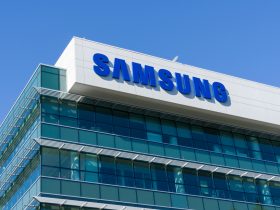A new technology named ‘parallel reality’, unveiled at this year’s Consumer Electronics Show (CES), looks set to revolutionise the way we are presented with information in public spaces. The crux of the technology is that up to 100 different people all looking at the same public information screen will all see different information. And that information will be personalised to what they individually need to see.
Imagine walking into an airport departures hall and finding the check-in and flight information board. We’re all used to having to scan through tens of flight listings, often having to wait for the screen to change once or even twice, to find our own flight and the relevant information listed alongside it.
Within a few years, that minor inconvenience is likely to be a thing of the past at major international airports and other travel hubs such as train and bus stations. The same information board, thanks to parallel reality technology will be able to show us only the information relevant to our own travel ticket. Even if another 50 people are all looking at the same board simultaneously, each and every individual will see their own personalised information and only the information relevant to their own journey.
The technology will be trialled by U.S. airline Delta at Detroit airport this year. Each flight ticket holder will see their own flight time, gate number, distance to gate and arrows pointing the way. In their language of choice.
But how does the technology work?

Source: The Times
The company behind the technology is Misapplied Sciences, based in Redmond, Washington State. Delta Airlines acquired a stake in the start-up early this month and has unveiled the revolutionary technology this week in Las Vegas, where the annual Consumer Electronics Show is hosted.
The tech is based on something called ‘multi-view’ pixels. These pixels can simultaneously send different colours of light in tens of thousands of directions. That means someone viewing the pixels can be shown different colours of light based on their exact position in relation to a display. Cameras and software detect where a viewer of the board is standing and send the correct combination of light colours to their position, to deliver information that is fully personalised to them.
The viewer will, however, have to opt in and activate an app on their phone so the information display can both fix their position and have information on their flight number. Delta has said only passengers that opt in will be tracked by the technology and no information will be shared.
However, Misapplied Science has also said that the technology could be used for targeted advertising, which could raise privacy concerns.










Leave a Reply